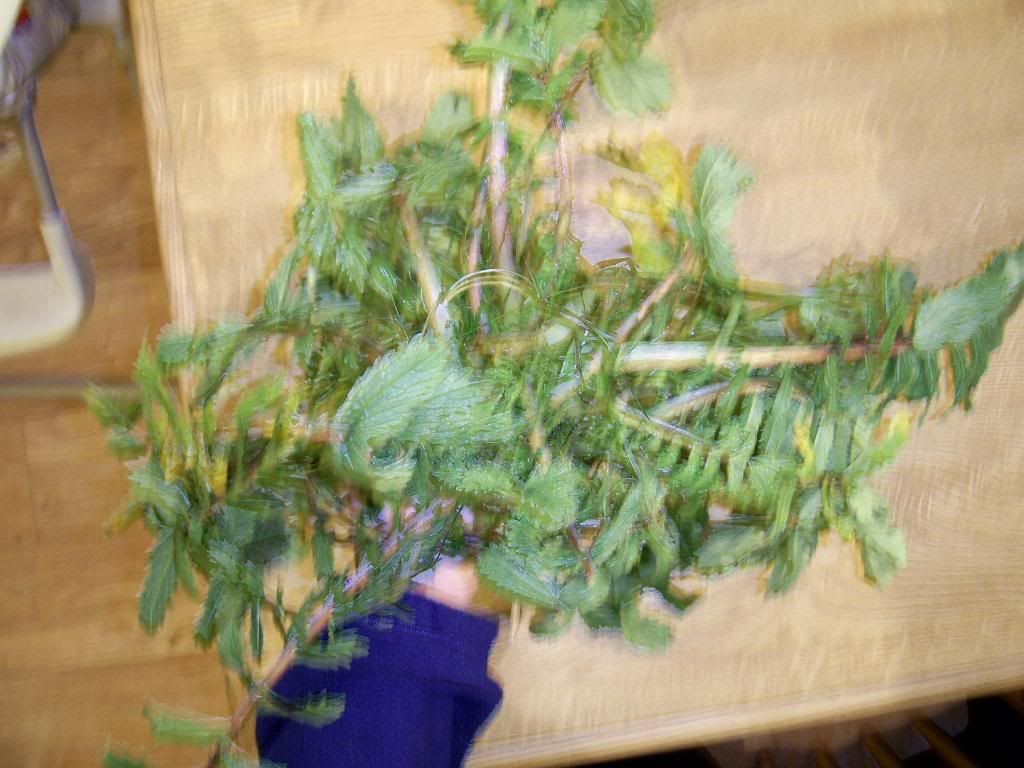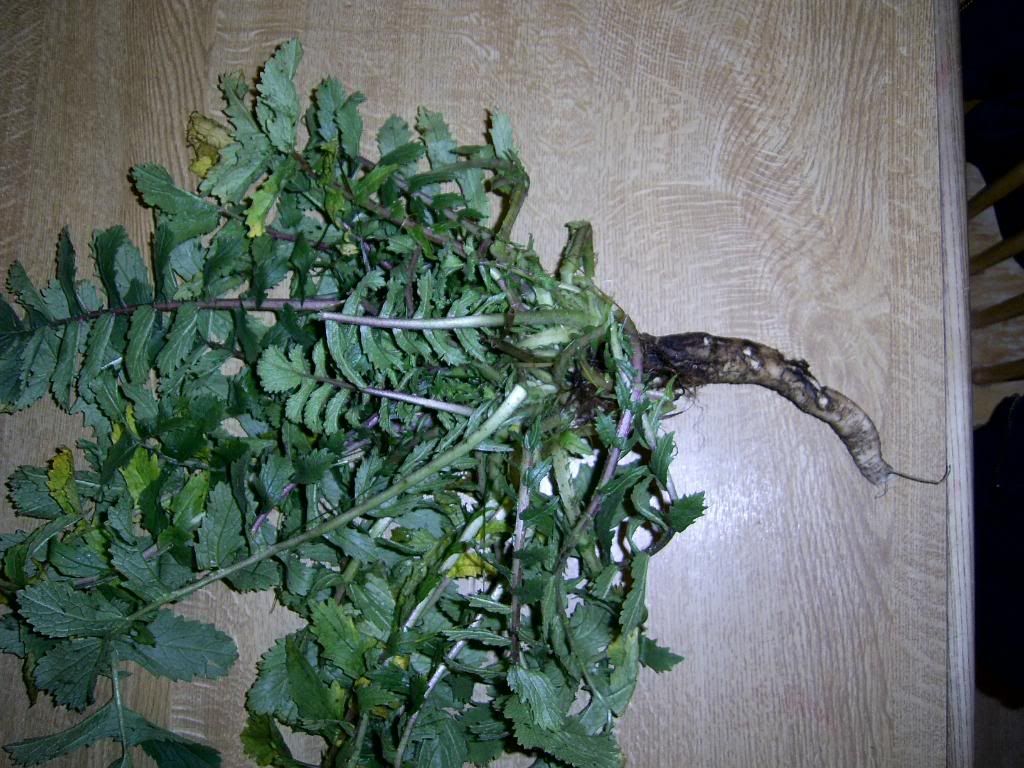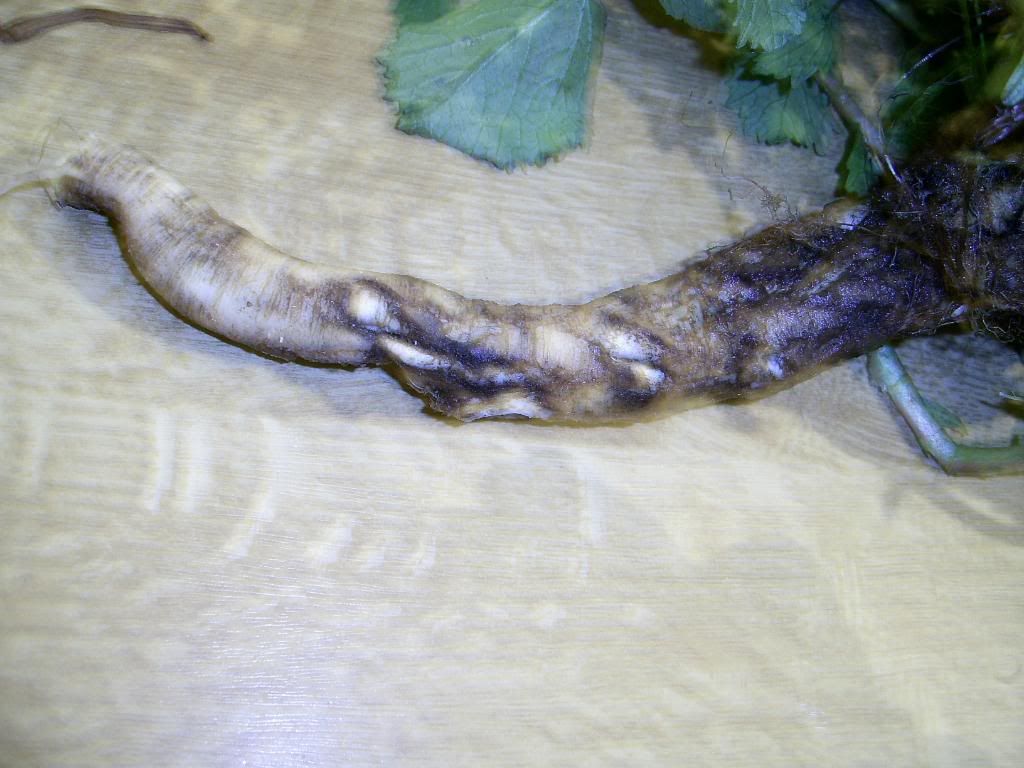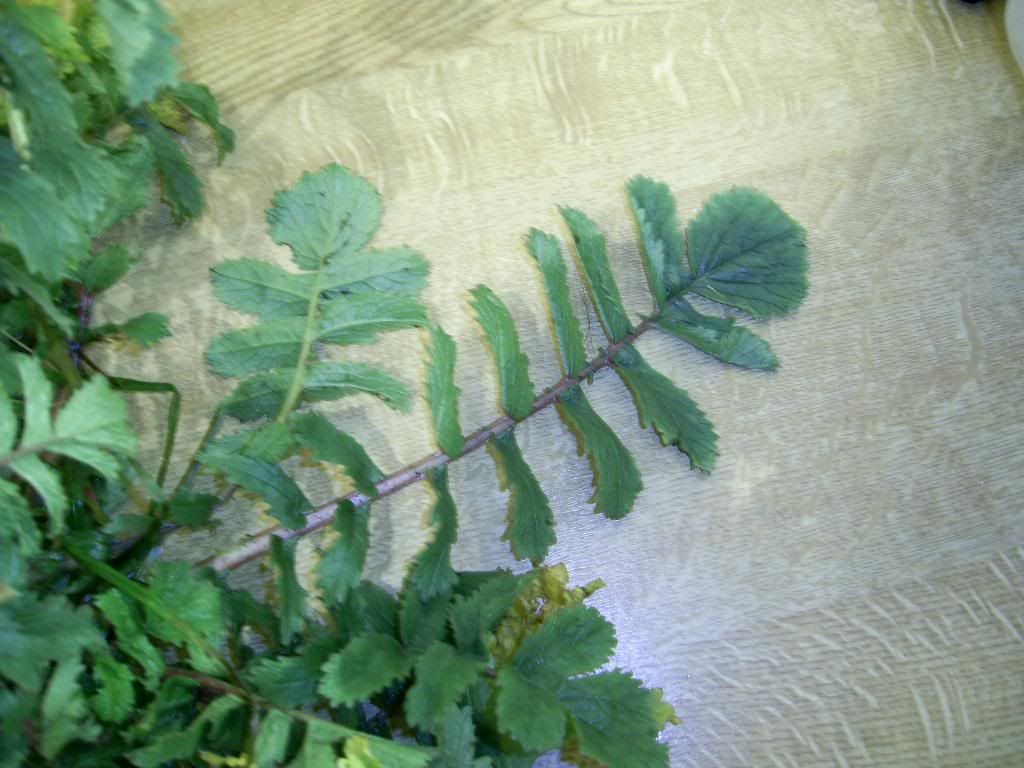I was out and about yesterday and we spotted lots of a plant that I'm not familiar with. Close inspection showed it to have quite a large bushy rosette of leaves and one main tap root. The root was pale yellow / white inside and the older plants had a dark brown rough skin on the root. It had a pleasant smell, which I thought was a bit like turnip, others disagreed though..  . They were lots n lots n lots growing, although most had lost their leaves. They were found on the shore, below the high tide line on the shore itself, and slightly further up the shore, towards the grass, but none on the grass itself. The size of the root in these pics is about 8 inches long and around 1 inch in diameter. There was one we saw that was around 3 inches in diameter, so think this one is not by far the largest they grow.
. They were lots n lots n lots growing, although most had lost their leaves. They were found on the shore, below the high tide line on the shore itself, and slightly further up the shore, towards the grass, but none on the grass itself. The size of the root in these pics is about 8 inches long and around 1 inch in diameter. There was one we saw that was around 3 inches in diameter, so think this one is not by far the largest they grow.
It kinda looks like this from above, sorry the cam was a bit wobbly. I had take several in situ, but they are on my phone and right now can't get them offsky.




Any ideas what these are? I'm not familiar with them at all, nor was anyone I was out with.
Cheers.
It kinda looks like this from above, sorry the cam was a bit wobbly. I had take several in situ, but they are on my phone and right now can't get them offsky.




Any ideas what these are? I'm not familiar with them at all, nor was anyone I was out with.
Cheers.
